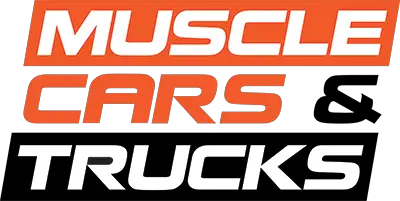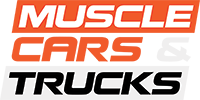As we get railroaded into becoming a low energy society, hydrogen internal combustion engines will preserve some of the sound and fury gearheads love about cars. Thankfully companies like Cummins and Toyota are hard at work developing hydrogen-fuelled combustion engines, even more importantly, guys like Mike Copeland are helping drive this small corner of the industry toward mainstream adoption with cool projects like the hydrogen-powered, water-injected Coyote V8 Ford Falcon brought to SEMA this year. Before the Falcon was a thing, Copeland kicked things off with a hydrogen-powered supercharged LS3 V8 he dropped into a 1948 Chevy pickup belonging to his wife. The hydrogen LS3 has been nominated for the Engine Builder Engine of the Year award.
Dubbed Zero, the ’48 Chevy uses an LS3 block from Chevrolet Performance capped with matching LS3 cylinder heads. Wiseco custom pistons and K1 rods spin a K1 crankshaft, there are also upgraded Inconel exhaust valves, upgraded trunnions in the stock rocker arms, oil squirters, and a custom ground camshaft done by Copeland’s own Arrington Performance. The whole setup is crowned by a Magnusson 2650 supercharger and runs a 9:1 compression ratio.
According to Copeland, the rods are actually shorter than normal because he wanted to run a taller piston in order to facilitate better heat transfer. Hydrogen can run at absurdly lean mixtures which can produce a ton of heat, of course, high-horsepower race engines also generate a lot of heat in their own right. Look, a normal gasoline-fed LS3 has a stochiometric fuel mixture of 14.7:1, it could probably run thin as 18:1, and 8:1 at fattest. This hydrogen LS3 makes 500 horsepower at 75:1 and can range all the way up to 100:1 with no risk of detonation. Lambda in excess of 2, remember?

It runs on gaseous hydrogen which is fed to the Bosch-developed injectors via a bed-mounted hydrogen tank. Copeland says the horsepower figure is actually injector limited which means the hydrogen-powered LS3 is good for much more. The hydrogen LS3 actually uses 16 injectors, 8 of which live in the LS3’s traditional port location, with another 8 added between the intercooler and the supercharger, similar to how a top fuel dragster engine is set up with injectors in the blower. The hydrogen injected upstream presumably helps keep the intake charge cool.
From the tank, hydrogen is fed to the LS3 at 350 bar or about 5,000 psi but before entering the injector circuit a custom-built regulator reduces the pressure to 110 psi. It takes 3 to 5 minutes to refill the hydrogen tank, which gives the hydrogen LS3 a range of 3.5 hours of driving time, depending on your load demands. Compare this to the Cummins B6.7H hydrogen engine we profiled last week. The Cummins receives hydrogen at 700 bar, or some 10,000 psi, but the higher pressure enables higher capacity in the tanks, which equates to more range and capability.
Copeland’s hydrogen LS3 is bolted to a run-of-the-mill TREMEC TKX 5-speed transmission. It fits neatly in the ’48 Chevy’s stock transmission tunnel and the TKX required absolutely zero modifications to work with the hydrogen-fuelled LS3. The truck even participated in the 2022 Optima Ultimate Street Car Challenge.
When discussing hydrogen it’s important to remember that when burned its only real output is water. There’s no carbon monoxide and only small trace amounts of nitrogen oxides which could be easily mitigated by an after-treatment if required. This is a proper V8 that sounds like a V8 and behaves like a V8, just running with zero emissions. There are exciting times ahead, we could preserve entire supply chains, engineering knowledge, and production infrastructure all while using a fuel produced locally.





